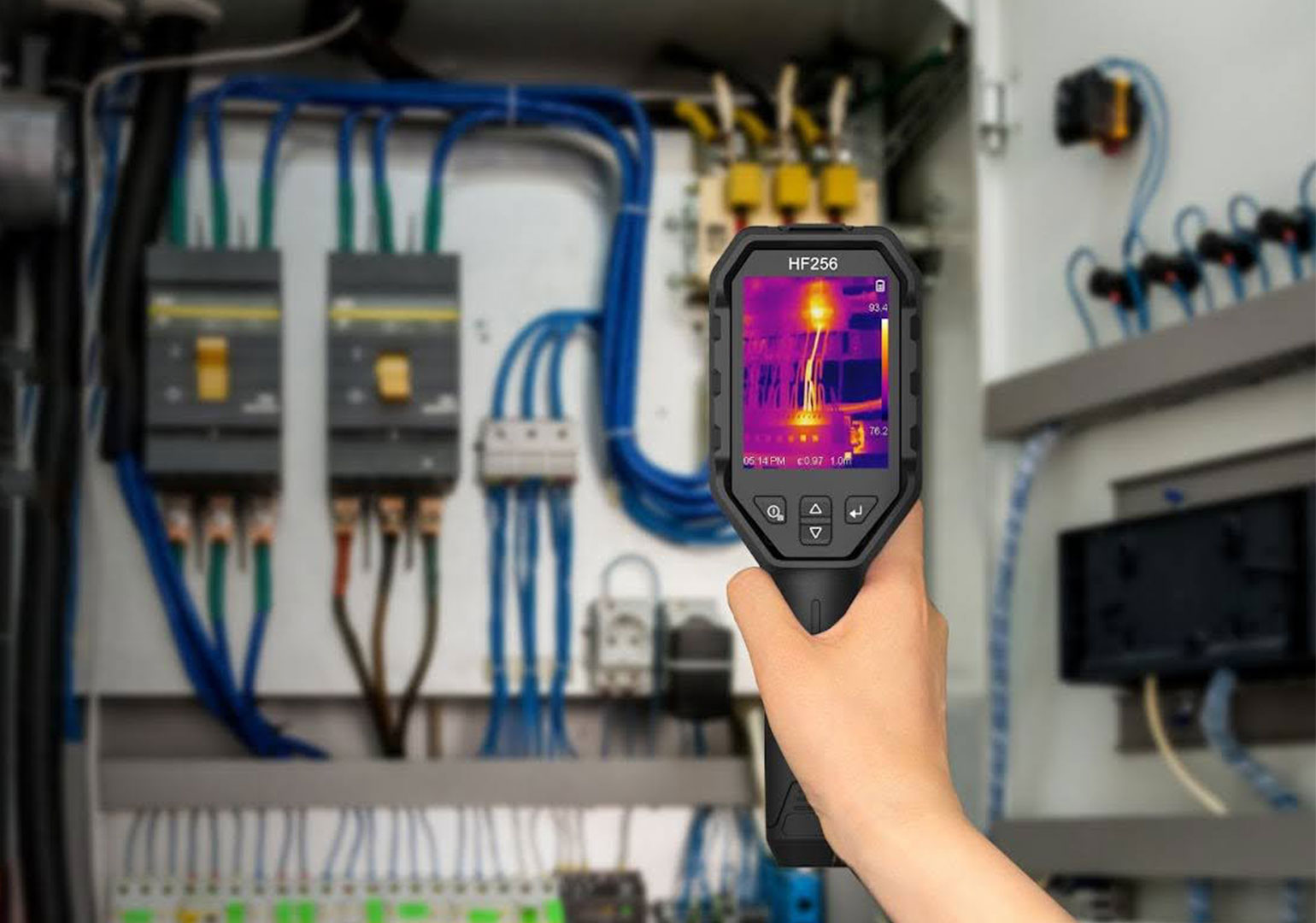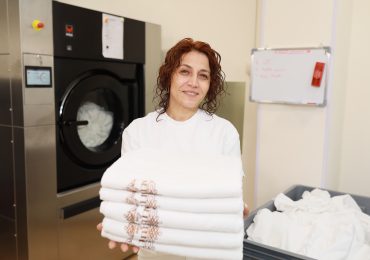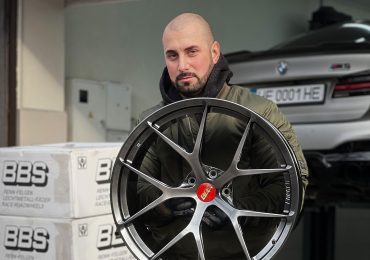Author: Alexandra Hayes
Photo credit: HSFTOOLS
HSFTOOLS, a company known for its advancements in thermal imaging, has developed the Super Resolution technology to address one of the biggest challenges in imaging technology: producing clear, high-resolution images in real time. This breakthrough has implications across industries, from HVAC inspections to home maintenance, where thermal imaging is increasingly seen as an essential tool.
Super Resolution Technology: How it Works and Why It Matters
At the core of HSFTOOLS’s Super Resolution technology is a sophisticated neural network algorithm designed to quadruple the pixel density of images, enhancing clarity and definition. This method allows for precise, high-resolution thermal images without compromising the frame rate, ensuring that users receive immediate, accurate information. The technology operates at a refresh rate of 25 Hz, making it particularly valuable for real-time monitoring situations.
Most traditional thermal imaging methods rely on interpolation, which fills in missing data points, often at the expense of image quality and accuracy. In contrast, HSFTOOLS’s algorithm analyzes large datasets from various field applications to provide enhanced edge detail, reduced noise, and more accurate representations of temperature gradients. This high level of detail allows users in technical fields to diagnose issues more quickly and effectively.
Jule Yue, marketing manager at HSFTOOLS, explains, “With Super Resolution, we’ve pushed beyond what traditional image processing methods can offer. We’re providing our users with clarity that was previously hard to achieve without much more expensive equipment.” Her statement reflects the company’s focus on creating a product that resolves a disparity by offering accessibility and advanced capability.
Making Maintenance and Inspections Safer
HSFTOOLS’s Super Resolution technology is a step forward in thermal imaging and a practical solution that improves safety and efficiency in several high-demand sectors. Professionals in HVAC, electrical work, home inspections, and even DIY home maintenance increasingly rely on thermal imaging to detect hidden issues, such as insulation gaps, water leaks, or overheating electrical components.
For example, HVAC technicians use thermal imaging to identify irregularities in airflow and heating patterns, enabling preventive maintenance that can reduce costly breakdowns.
“Field users can now capture finer details than ever before,” Yue notes, emphasizing the practical benefits of this technology. “This clarity directly impacts safety and efficiency, allowing for quick decisions that can prevent costly or dangerous situations.” This level of detail is essential for professionals who rely on accurate diagnostics, as it minimizes the risk of oversight and enhances the reliability of their findings.
Competing in a Crowded Market: How HSFTOOLS Stacks Up
The thermal imaging world is filled with big names, impressive product lineups, and strong market presences. Despite this tough competition, HSFTOOLS has managed to stand out by zeroing in on high-resolution, affordable imaging solutions that appeal to industry pros and everyday users.
One of the distinguishing factors in HSFTOOLS’s approach is its reliance on user feedback and extensive testing across diverse conditions, from residential applications to DIY applications. This feedback-driven design process has shaped products like the HF96 and HP96, both of which feature the Super Resolution technology. In addition, the company’s strategic focus on the U.S. market through platforms such as Amazon has made its products widely accessible and relatively affordable compared to the high-end models from larger competitors.
While competing brands offer products with high-resolution capabilities, they often come with a significantly higher price tag or complex features that are less accessible to the general user. HSFTOOLS’s approach aims to balance advanced functionality and user-friendly design, making it a viable choice for a broader range of applications and a wider audience.
Meeting the Demand for Precision in Real-Time Data
Thermal imaging technology has evolved over recent years from niche applications to a tool that supports a variety of industries. This shift has been driven by an increased need for real-time data in sectors where the ability to diagnose problems quickly can mean the difference between safety and hazard. The enhanced resolution from HSFTOOLS’s Super Resolution technology responds to this demand, providing clarity that allows technicians to trust their findings immediately and without second-guessing due to blurry or unclear images.
The HF96 model, one of HSFTOOLS’s most popular offerings, integrates this technology, allowing users to benefit from real-time data capture in a portable, accessible device. For personal home maintenance, this model allows homeowners to detect issues like energy inefficiency or plumbing leaks before they lead to more serious problems. Its real-time processing capabilities are designed for field conditions where time-sensitive decisions are crucial.
Yue sums up the user experience, saying, “Our users are often in fast-paced, unpredictable environments. The ability to have a device that delivers accurate, high-resolution images in real time directly impacts the quality and timeliness of their work.” This need for accuracy on the go is a critical factor behind the rising popularity of HSFTOOLS’s products.
Future Directions and Industry Impact
Thermal imaging has become more integrated into daily tasks across industries, and there is significant potential for growth in accessible, high-resolution devices. HSFTOOLS is in a great spot to ride this trend, with plans to keep growing its tech lineup and reach even more customers over the next few years.
By setting a new standard for image clarity and practical utility, HSFTOOLS’s Super Resolution technology highlights an emerging expectation in the thermal imaging market: that devices must be capable of delivering sharp, accurate visuals to support critical work, regardless of the environment.
S















